The Patron’s gift to Warlocks, Pact Boons are an important choice between four very different options in DnD 5E. Knowing which Pact Boon is best is difficult and build-defining, as many invocations and utility options become unlocked by a Warlock that chooses a strong Pact. So, if you’re wondering what the advantages and disadvantages of all four are, we have your back.
Pact Boons are abilities that all Warlocks get at level three. They grant a single benefit at level three and then unlock between three and four Eldritch Invocations.
The best Warlock Pact Boons in 5E, ranked
The strongest Pact Boons in 5E are universally powerful among all Patrons and provide utility that the Warlock sorely needs. All four offer some options for all Warlocks, but some are more useful than others.
4. Pact of the Talisman
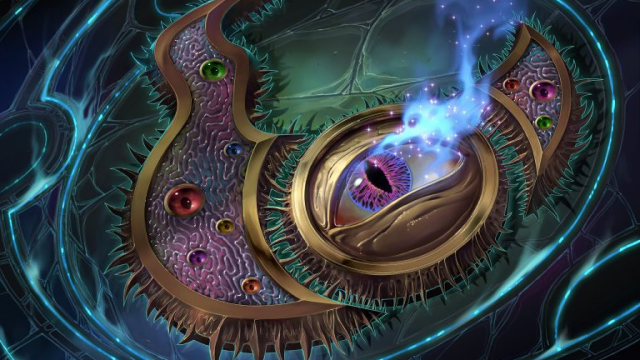
Pact of the Talisman, the most recent option added with Tasha’s Cauldron of Everything, gives the Warlock a charm that can be placed on an ally which adds a d4 to an ability check after the result is deemed a failure. This charm can be used a number of times equal to proficiency bonus, but the individual wears it until the end of the day.
This initial bonus is certainly not it. This is as strong as Guidance—a potent cantrip, mind you—but has a limited number of uses per day. It stacks with Guidance and other options that add to ability checks, but an extra d4 for your whole pact benefit isn’t good enough to realistically consider.
This Pact is recovered slightly with invocations. Eventually, you can add that d4 to saving throws with Protection of the Talisman. That’s significantly better. Being able to add a d4 (average of 2.5) to saving throws can make enemy Wizards much less scary. And Rebuke of the Talisman gives a permanent reaction to reflect damage on the holder of the Talisman, with no saving throw allowed for the foe.
There’s also no setup or concentration required for the Talisman to be effective, so it is easier to set up multiple buffs or debuffs in a fight while keeping that d4 for saving throws active.
Still, even for a support option, this is middling at best.
Best Patrons for Talisman
The Talisman is best used by support-minded Warlocks that are too action-heavy to make good use of other pacts.
- Celestial Warlocks are more privy to the support role, though only slightly more than their other archetypal friends. They can use Talisman and a bevy of buffs to represent their supportive self. They can also benefit from the teleport option, Bond of the Talisman, by getting out of dodge in an emergency situation.
- Fathomless Warlocks have a very solid bonus action and concentration effect with their Tentacle and Evard’s Black Tentacles. Having something like a Talisman to fill in for the reaction slot via Rebuke as well as a permanent buff that you don’t have to sustain is heaven for a Patron so action-heavy.
3. Pact of the Blade
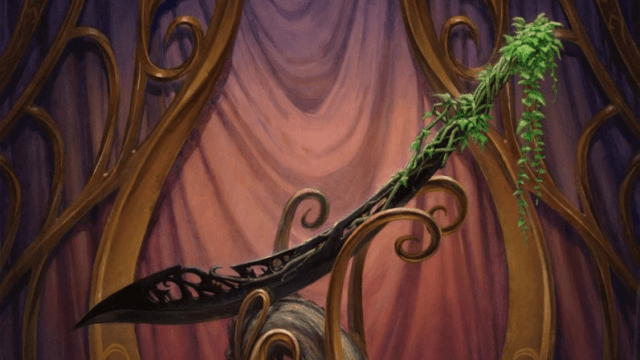
Pact of the Blade lets the Warlock summon a weapon or bond with one that already exists. While bonded like this, you become proficient with it and it is magical. You can store it in a pocket dimension while it is bonded.
Pact of the Blade is designed to allow for melee-focused Warlocks but also gives Warlocks ranged opportunities if they bond with a bow. It’s difficult to disarm this style of Warlock since they can always resummon their weapon.
However, before Invocations, that’s kind of it. Unlike in BG3, Pact of the Blade does not replace DEX or STR with CHA. So, you’re just proficient with your weapon of choice.
With Invocations, things get better. This is the only type of Warlock with access to Extra Attack through Thirsting Blade. They can also use their spell slots like a Paladin uses Divine Smite, burning them for 1d8 per spell level plus another 1d8, while also knocking the hit target prone. At level 12, Lifedrinker lets the Warlock add their Charisma to damage rolls with weapons, boosting numbers by quite a bit.
Unfortunately, in most cases, this offensive potential pales in comparison to Eldritch Blast. There are a few exceptions to this, but Agonizing Blast beats out a lot of builds that would use weaponry.
Best Patrons for Blade
The Blade is best used for multiclass builds or Warlocks that plan on walking the frontlines.
- Hexblade Warlocks are basically required to use Pact of the Blade if they want to get Extra Attack. These Warlocks are designed with better durability, health recovery, and even ways to improve weapon damage on the frontlines. They even get to use Charisma for attack and damage rolls. While most Warlocks dislike or can’t even use Pact of the Blade effectively, Hexblades are certainly not on that list.
- Archfey Warlocks have a few close-range options that they can employ to make enemies hate their day. By multiclassing into a close-range class like Paladin or Fighter, you can explore things like Fey Presence and Misty Escape in a close-range scenario using a Pact Weapon as your defense.
2. Pact of the Chain
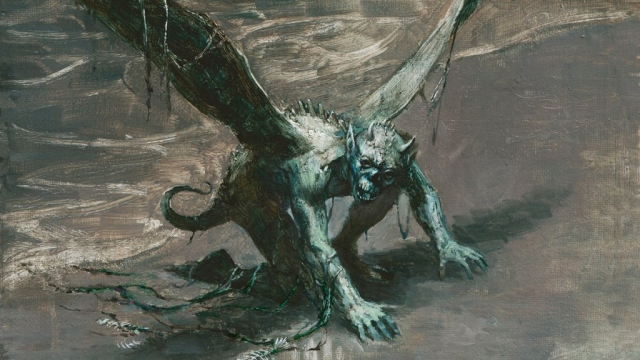
The Pact of the Chain lets the Warlock cast Find Familiar, a powerful spell that summons a weak scout. However, the Pact version of the spell can summon powerful extraplanar beings: imps, pseudodragons, quasits, and sprites.
Move over, Wizard. We’ve got a better summoner of small things in town.
These familiars are strong options early on. Imps replace your action to deal upwards of 15 damage if your foe fails a saving throw and can turn invisible at will. Pseudodragons can apply the strong poisoned condition to foes and speak telepathically. A combination of summons can work well for combat or sneaking about.
As you level, they go from consistent combatants to fantastic utility summons. A must-have invocation to make this pact work is Investment of the Chain Master, letting you attack with your familiar as a bonus action and giving them a bunch of durability and utility buffs. Chains of Carceri allows you to cast Hold Monster for free, as long as the target is in very specific types.
For Warlocks that are digging for a consistent round-to-round bonus action, this is a must-grab. And many Warlocks are desperate for that.
Though, expect to be bringing your Familiar back to life very, very often if you use them as melee combatants. Sprites are better for late game, as they have a ranged poison attack.
Best Patrons for Chain
The Chain is most commonly utilized for its solid bonus action and exceptional scouting capabilities.
- Fiend Warlocks are thematically resonant with summoning imps. More seriously, these Warlocks have no real bonus actions outside of Hex and a focus on defensive utility. Adding a Sprite’s poisonous bow as a bonus action can be extremely effective.
- Great Old One Warlocks are in the business of gathering information and informing the party of what’s coming up. Having an invisible friend who can scout upcoming rooms is a great idea, as they would otherwise rely on spamming Clairvoyance.
1. Pact of the Tome
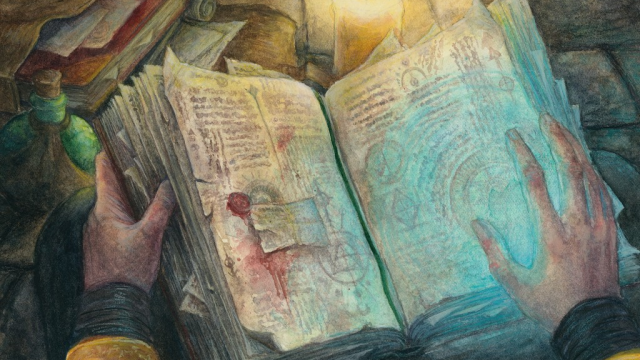
Pact of the Tome is the strongest Pact in general for Warlock in 5E. Tome gives the Warlock a pseudo-spellbook that gives them three cantrips from any class. It also grants a very strong Invocation that lets the Warlock learn ritual spells.
The three cantrips are icing on the cake for this Pact, but it’s still quite potent. Scooping up spells like Guidance, Mending, and Message—which are normally locked away by stronger spellcasters like Bards or Sorcerers—is a great idea for out-of-combat exploring. Other options, like Shape Water, are hard to find and can occasionally snap dungeon puzzles in two.
However, the real power of Tome comes in with the Book of Ancient Secrets. This invocation gives the Warlock two first-level rituals from any spell list—of which, we recommend Find Familiar, Identify, or Alarm depending on your party composition.
Then, you can scribe other rituals that you find in the book. This part is campaign-based, but slaying a single Wizard or borrowing your Wizard’s spellbook can grant you a surprising amount of utility. There are 34 rituals in the game—32 of which you can learn—with a variety of uses, so your Warlock will quickly swap from a one-note damage dealer to someone to go to when there are 10 minutes to spare.
That’s not the only strong invocation. Aspect of the Moon is great for Coffeelocks. Gift of the Protectors lets you give your entire party Death Ward. And even the Far Scribe option lets you send messages across the continent.
Best Patrons for Tome
The Tome is great for all Warlocks but is commonly used by Warlocks who have a love of bonus utility.
- Genie Warlocks have good spell lists that cover a lot of Warlock’s weaknesses, so they are more open to expanding the Warlock’s capabilities as a party member.
- Undead Warlocks have stuffy bonus actions and really want to use Eldritch Blast over supporting their party or swinging a sword. So, Tome gives them more stuff to do out-of-combat, where their archetype falters significantly.


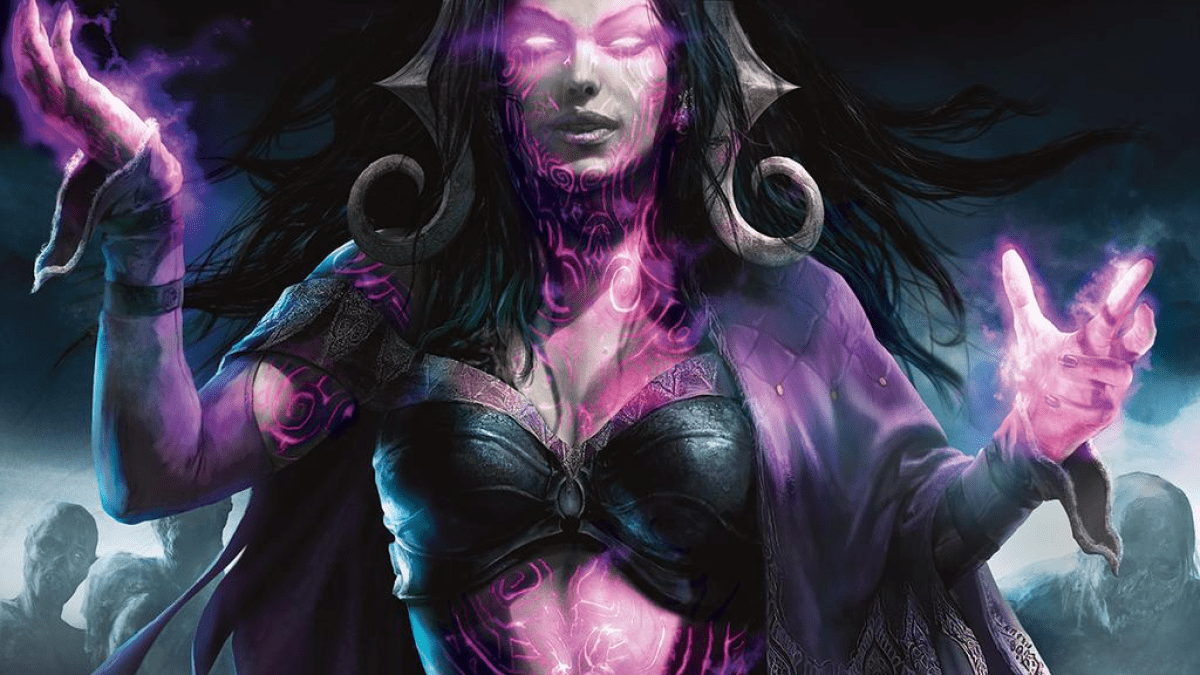

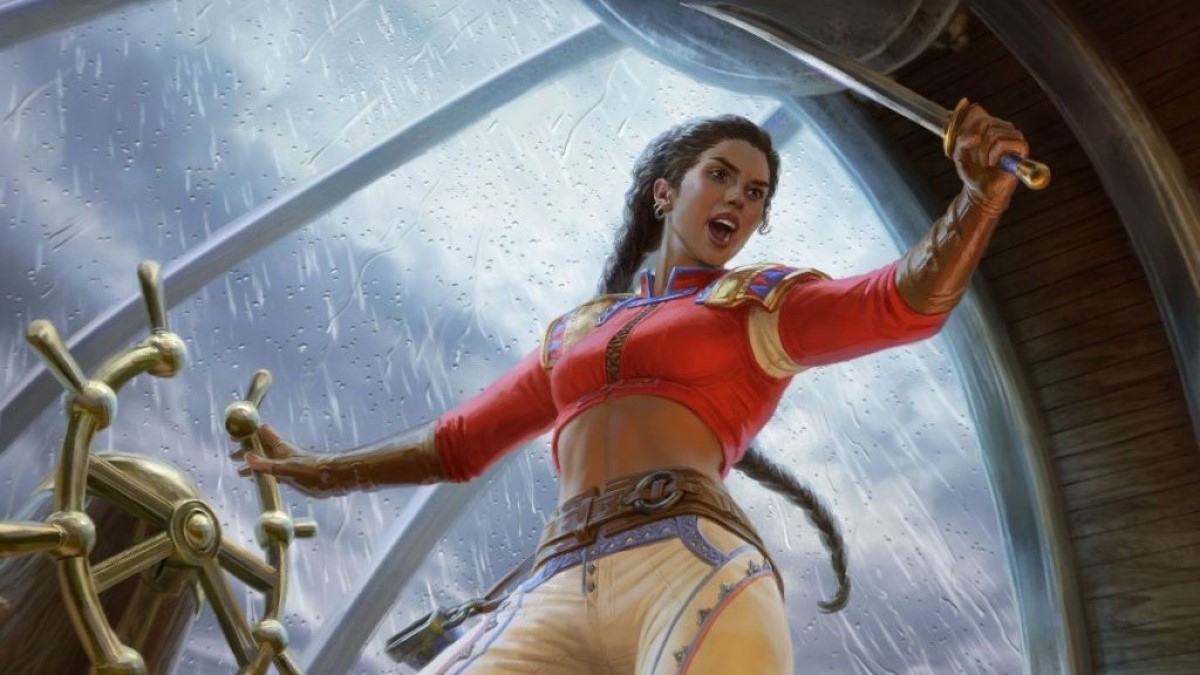
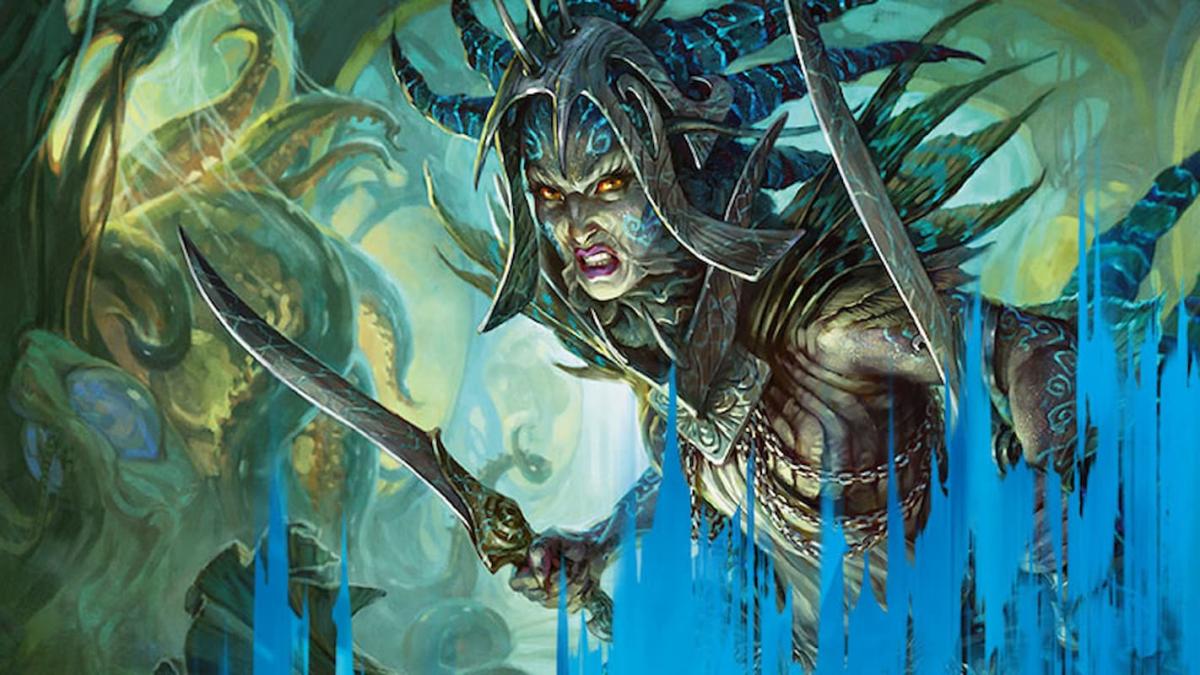
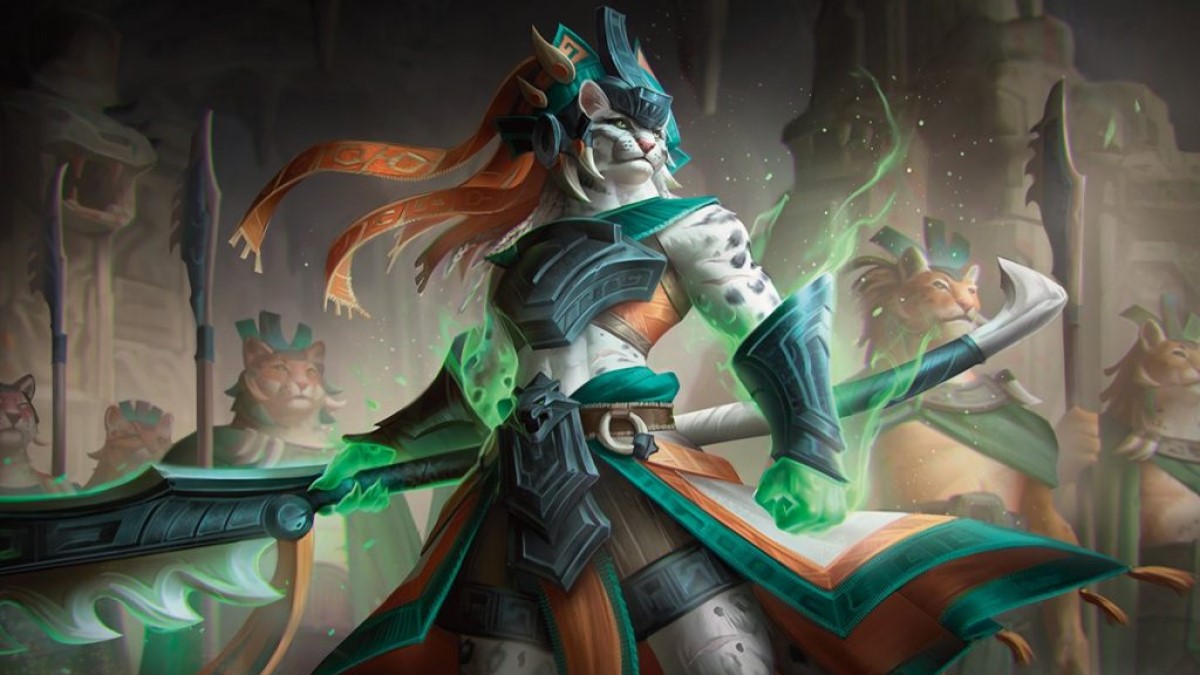
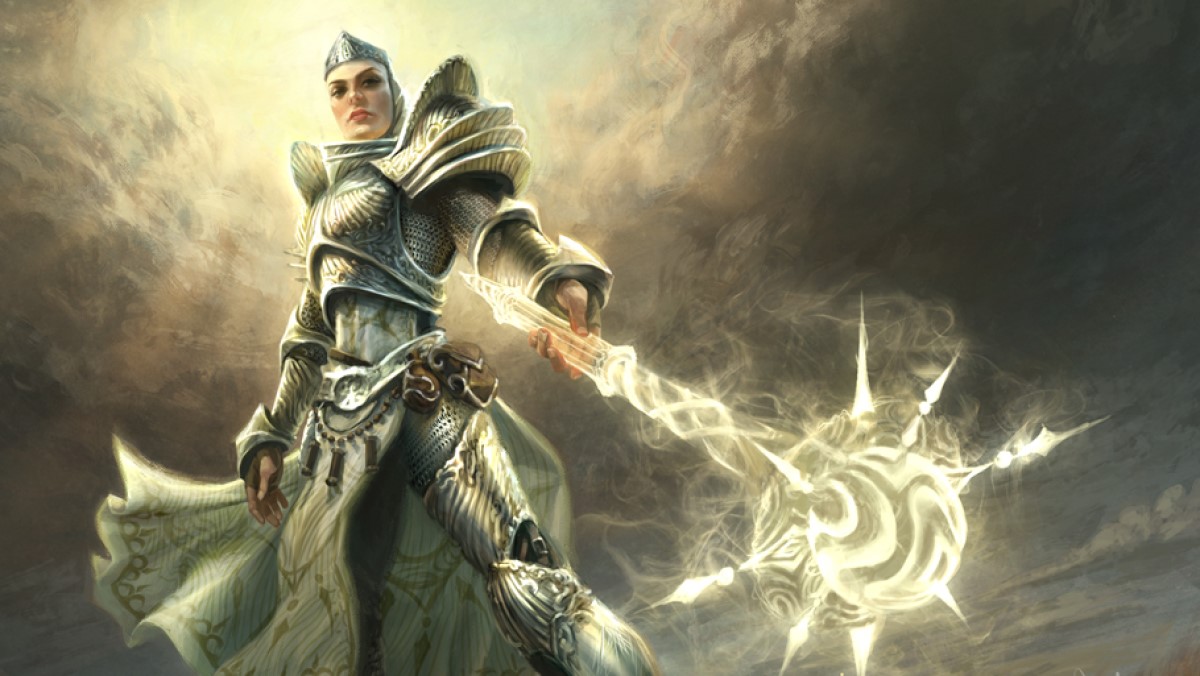

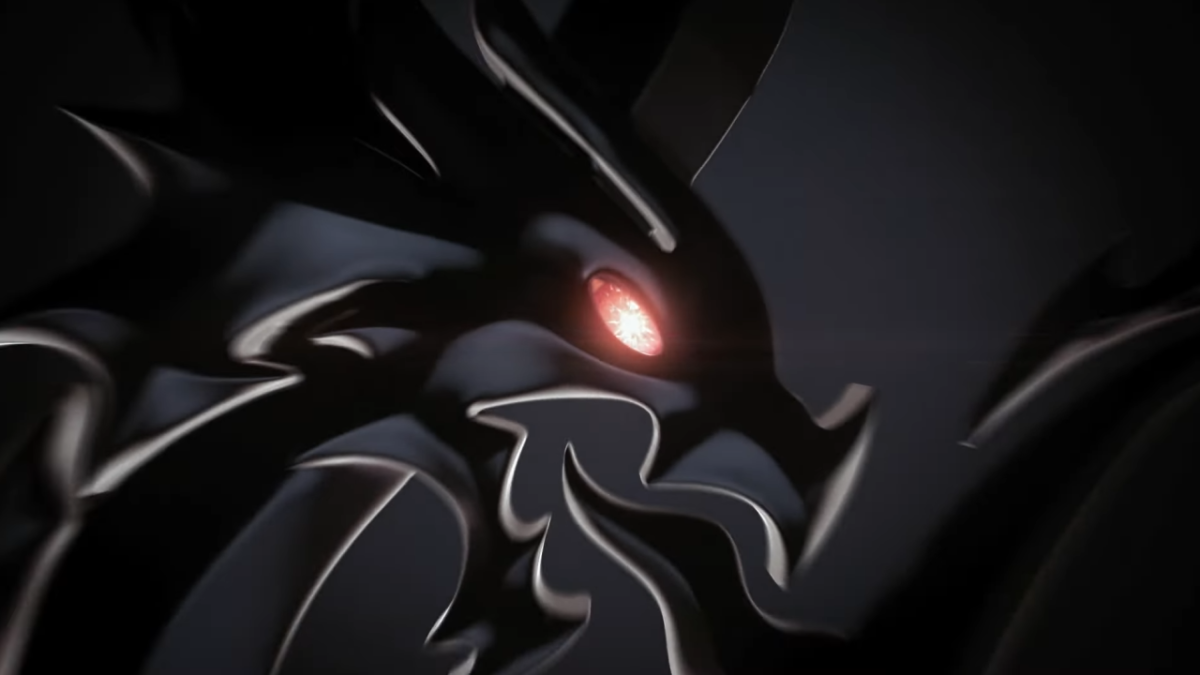

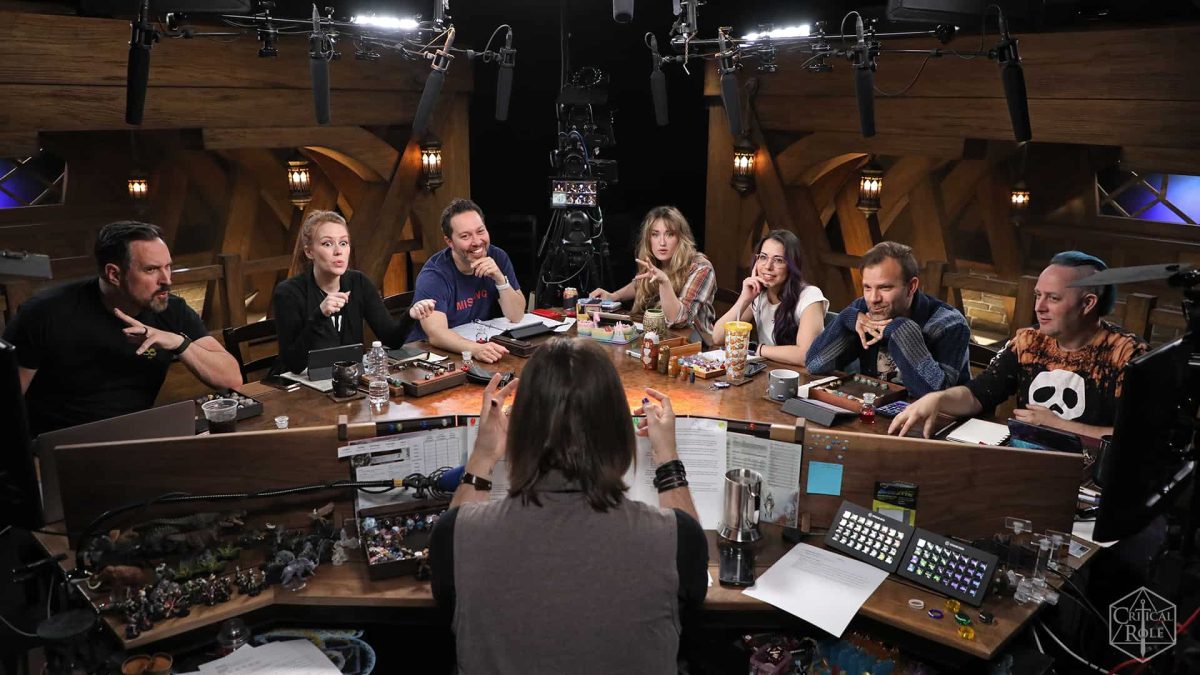
Published: Oct 15, 2023 12:46 am